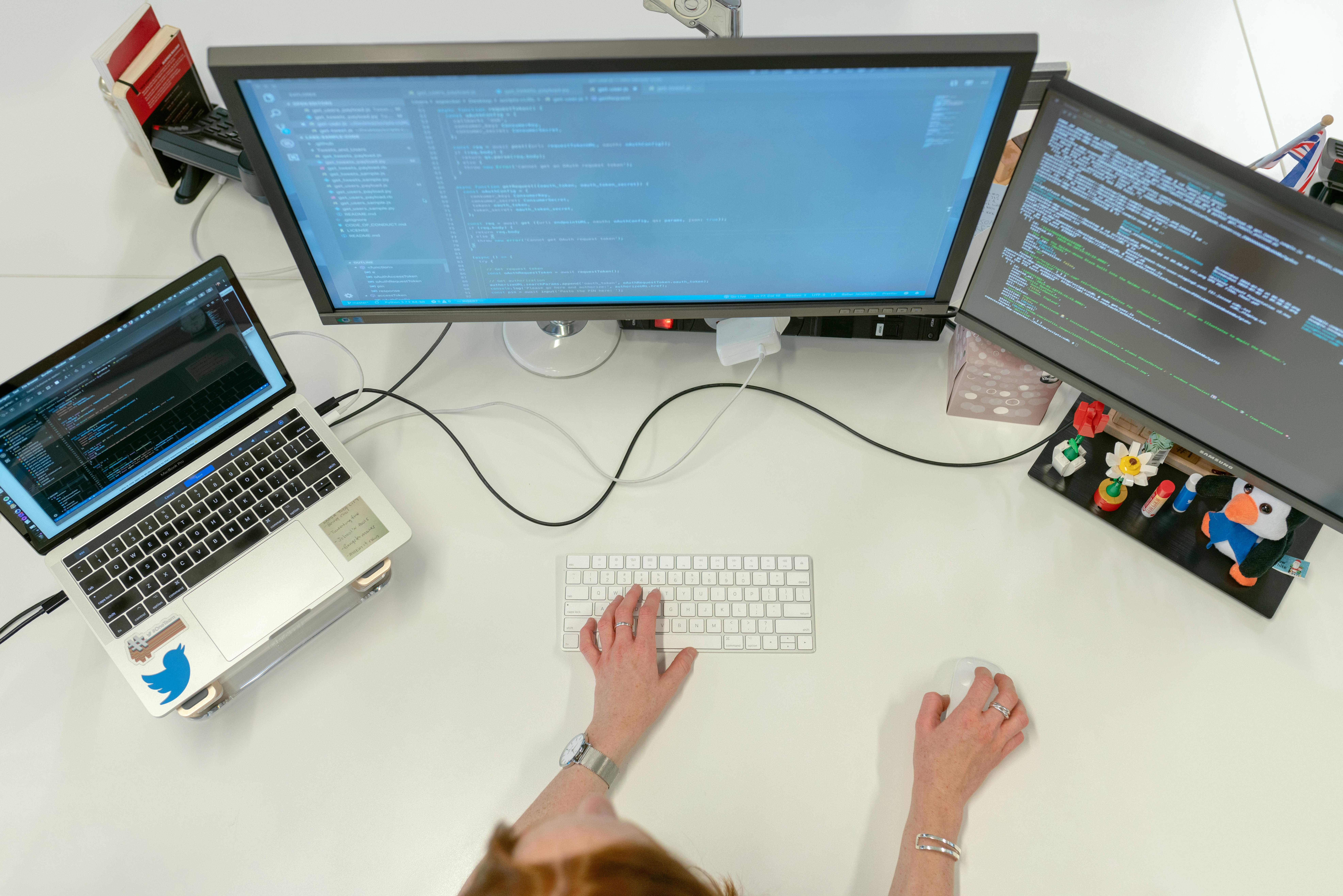AI and Data Privacy: What to Expect in 2025

As Artificial Intelligence becomes deeply integrated into everyday life, questions around data privacy in 2025 are more critical than ever. From facial recognition to AI-driven ads, our data powers these systems—but what’s being done to protect it?
1. AI and Data: The Invisible Exchange
Most AI systems rely on massive amounts of user data. Whether it’s voice input to virtual assistants or purchase history used to personalize ads, AI thrives on data. But this exchange has raised concerns about transparency, consent, and how personal data is handled in 2025.
2. Regulation Is Catching Up
2025 sees a global tightening of data privacy laws. Building on the GDPR and CCPA, new frameworks focus on AI-specific rules, like explainability and auditability of algorithms. The proposed “AI Bill of Rights” in the U.S. and EU’s AI Act set boundaries for ethical AI use and user data protection.
3. Zero-Trust Architecture Becomes Standard
To counter breaches and unauthorized data access, businesses in 2025 adopt a Zero-Trust model. Instead of assuming internal safety, systems verify every user, device, and access request—ensuring that only verified users access sensitive AI systems.

4. Privacy by Design in AI Systems
Companies are now required to build AI with privacy at the core. This means user data is anonymized, encrypted, and never stored longer than necessary. AI developers also embed ethical checks within the algorithm's training phase, minimizing data bias and misuse.
5. The Rise of Synthetic Data
To reduce privacy risks, more AI models in 2025 are trained on synthetic data—artificially generated data that mimics real-world information without exposing any actual user records. This method allows high-performance AI while protecting real identities.
6. Users Take Back Control
Thanks to AI dashboards and personal data vaults, users in 2025 can now see what data is being used, control AI personalization settings, and even revoke access in real time. Tools like MyData and Solid Pods empower individuals to own their digital footprint.
7. AI-Driven Privacy Tools
Interestingly, AI is being used to protect privacy too. AI-powered firewalls detect suspicious behavior instantly. Smart consent systems auto-alert users when their data is being shared. Privacy-enhancing technologies (PETs) like federated learning keep user data decentralized and secure.
8. Challenges: Deepfakes, Surveillance, and AI Abuse
Despite the progress, concerns persist. Deepfake videos powered by generative AI challenge truth itself. Governments and corporations walk a fine line between surveillance and safety. As biometric data becomes common, protecting it becomes a high-stakes task.
9. What Businesses Must Do in 2025
Companies using AI must follow a checklist:
- Conduct regular AI audits and transparency reports.
- Offer opt-out features for all AI-based personalization.
- Invest in encryption and federated AI models.
- Educate employees on AI privacy compliance.
Failure to comply now leads to heavy fines and brand damage.
10. Future Outlook
AI and privacy will continue to collide as technology evolves. However, the push for more ethical AI, better laws, and smarter tools is helping build a safer data future. In 2025, AI may be everywhere—but your privacy can still be protected, if you stay informed.
Conclusion: Building a Private AI Future
Data privacy in 2025 isn't just a technical issue—it's about trust. With the right frameworks, AI can remain powerful and respectful of our rights. The future belongs to transparent AI systems and informed users.
Stay tuned to Nathi RSA Blog for the latest updates on AI, tech trends, and digital rights.



No comments:
Post a Comment